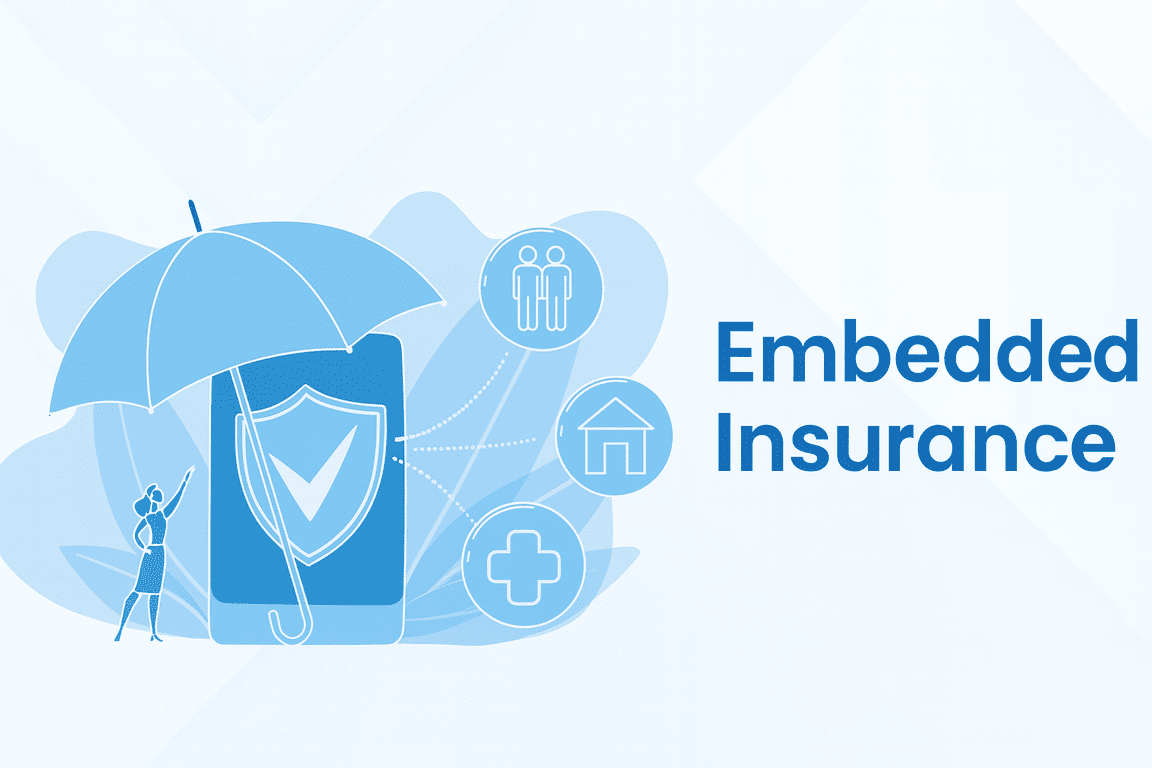Today, it is quite normal to hire external talent if you’re short of employees necessary to complete a project or need extra people to bridge specific skill gaps. Software development services providers can offer several options regarding the engagement model, staff augmentation and project outsourcing being the most popular.
Still, they are different, and both have their advantages and disadvantages. In this guide, we’re exploring these approaches in detail to help you decide which of them can best address your current needs.

What Is Staff Augmentation?
Staff augmentation is a strategy that involves evaluating the in-house team, identifying which skills they lack for a specific project, and hiring additional talent on a temporary basis. With the staff augmentation model, the outsourcing vendor is responsible for providing the client with supplementary staff, while the client is in charge of managing them and the project they work on. Augmented staff can join internal teams at any stage of the development process.
There are two major types of staff augmentation: short-term and long-term, depending on the amount of time the company needs additional specialists.
Benefits of Staff Augmentation
Closing Talent Gaps
A staff augmentation service can save the day if you have gaps in your in-house IT workforce that need to be closed. This model allows organizations to access the global talent pool and add skilled specialists to their regular staff.
Cost-Efficiency
Staff augmentation is an effective way to cut down costs since it allows businesses to hire temporary staff, eliminating the need to employ full-time specialists. Consequently, you pay exactly for what you need and for as long as you need it. In addition, you don’t spend a cent on recruitment and hiring.
Time-Saving Approach
In addition to being cost-effective, staff augmentation helps companies save considerable time. Fair enough, since creating job postings, interviewing candidates, and handling all the needed paperwork doesn’t happen overnight. With staff augmentation, you get a team of experts skipping most of those steps.
Flexible Staffing Solution
Staff augmentation is your best solution if you plan for scalability. It allows you to add new team members as the project grows for as long as you need.
Direct Control
Another advantage of selecting the staff augmentation model is that you remain in full control over the team, both your regular staff and additional employees.
Disadvantages of Staff Augmentation
Unsuitable for Long-Term Projects
Staff augmentation is not the best choice for long-term projects or filling skill gaps on an ongoing basis. The thing is that an additional specialist is more expensive per hour than a regular employee, so while it’s okay for performing some tasks short-time, using this model long-term will simply drain your budget.
New Team Members Need Training
While staff augmentation is a cost-efficient approach as it helps you avoid recruitment costs, it’s important to know that even experienced specialists will need training. For your new team members to be on the same page as your regular staff, you need to educate them on your internal processes and your business culture, which takes time and means extra expenses.
You Are Fully Responsible for the Project
The staff augmentation service provider is responsible solely for providing you with resources while you remain accountable for results. Actually, this is the reverse side of the complete control you get with the staff augmentation model — project management and quality control fall entirely on your shoulders.
What Is Project Outsourcing?
Project outsourcing is another widely-used engagement model that is distinctly different from staff augmentation and also comes with its benefits and drawbacks.
To put it simply, project outsourcing means entrusting your entire project to an external team provided by independent contractors. You pay for a prearranged outcome, and your outsourcing vendor gets equally responsible for the final results.

Benefits of Project Outsourcing
Reduced Costs
Cost efficiency is one of the key advantages of project outsourcing. Assembling, training and managing the outsourced team is ultimately your vendor’s responsibility. In addition, the project outsourcing approach allows you to significantly cut down on other overhead costs such as office expenses and equipment.
Access to a Broad Talent Pool
Outsourcing gives you access to specialists with expert knowledge and remarkable technical skills that might not be available locally.
No Need To Manage the Project
The dedicated team you hire to complete the project has their own project manager, meaning zero management effort from your side.
Clear Project Timeline
While the outsourced team takes on to complete your project from A to Z, they can identify how much time it is likely to take based on their experience and your project requirements. This way, project outsourcing means higher chances of meeting project deadlines, which tend to be negotiable with internal teams.
Drawbacks of Project Outsourcing
Less Control Over the Project
Outsourcing a software development project always means having very little control over it. Once the goals, deliverables, and deadlines are set, the outsourcing company assumes absolute control over the project.
Possible Communication Issues
Your outsourced team is very likely to be located in a different time zone, making it impossible to communicate in real-time if your working hours don’t overlap. Also, your external team members might lack English-speaking skills, making communication challenging.
Less Suitable for Small Projects
You might prefer a model other than project outsourcing if you need people for a smaller project. The thing is that outsourcing companies are more inclined to take on big projects and can charge a premium for smaller ones.
Staff Augmentation vs Outsourcing
|
Staff Augmentation |
Project Outsourcing |
| Goal |
To cover skill gaps or invite an external team on temporary employment conditions. |
To complete software development projects without hiring engineering talent full-time. |
| Costs & Basic Responsibilities |
The hiring organization handles the cost of onboarding and training supplementary specialists and provides them with the necessary equipment and other resources. |
The outsourcing services provider covers all the costs associated with assembling the right team. The outsourced team uses their own resources to complete the project. |
| Management |
The hiring company takes over managing additional staff members. |
External teams have their own project managers responsible for guiding them toward achieving project goals. |
| Onboarding |
Onboarding takes place quickly — the client can get fast, on-demand access to human resources needed for the project. |
The project doesn’t start until it has been extensively researched and legal agreements have been finalized. |
| Control over the project and the team |
The hiring company has absolute control over the project and employees, both regular and additional. |
The hiring company has almost zero control over the project and the team — the outsourcing vendor fully manages it. |
Which Engagement Model Should You Choose?
Selecting a suitable model is a challenging task.There’s no one-size-fits-all option, and you should carefully analyze your current needs to make an informed choice. For this, take a closer look at the following aspects:
- the budget you are ready to invest in your project;
- project requirements;
- your regular in-house staff’s skills
- technical capacity of your internal team;
- project deadlines.
When To Choose the Staff Augmentation Model?
Staff augmentation might be your best bet if you:
- need to add team members to the already existing project;
- want to have direct control over additional staff;
- want to temporarily improve the results your in-house team generates;
- need experts for carrying out specific tasks within your project;
- don’t mind providing extra working places and training newcomers.
When To Choose the Project Outsourcing Model?
You might prefer project outsourcing if you:
- need a team to build your project from scratch;
- don’t find having direct control over your project extremely essential;
- want your internal employees to focus more on the core business activities;
- aren’t planning to set up additional workplaces and purchase additional equipment.
Final Thoughts
All in all, both staff augmentation and project outsourcing are viable strategies, however, your choice should primarily depend on your project needs and goals.
Staff augmentation is a perfect way to bring external tech expertise to your in-house team and effectively close the skills gap. This model works best for already existing projects since it allows you to add specialists for working on specific project phases.
On the other hand, project outsourcing is the best match for businesses that need to develop their projects from zero and aren’t concerned with the lack of control associated with this approach.





